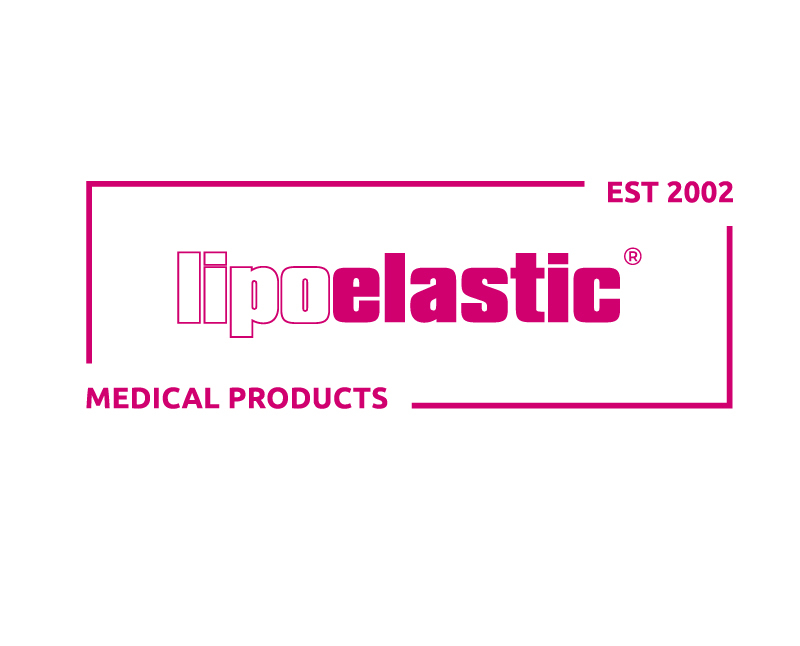Lipoedema is a chronic fat distribution disorder primarily affecting the legs and arms, and almost exclusively women. Diet and exercise do not influence its development, nor can they halt its progression. However, a healthy lifestyle can relieve some symptoms. Early treatment is crucial to delay or stop the disease’s progression.
Curious about Lipoedema stages and treatments? Keep reading to learn why early diagnosis matters and how to manage this condition effectively!
The 3 stages of Lipoedema
Lipoedema can look very different - both the parts of the body affected, and the severity vary. The disease can be divided into three different stages.
.jpg)
Stage 1 – The Early Stage
Signs: Skin is smooth, but the tissue underneath feels nodular or lumpy, the swelling begins to appear, increased sensitivity to pain and easy bruising, the affected areas might feel cooler to the touch.
Stage 2 – Intermediate Stage
Signs: Skin starts to become uneven, there is more pronounced and persistent swelling, along with pain and bruising. Skin becomes tougher and more irregular as fibrotic tissue develops.
Stage 3 – Advanced Stage
Signs: Skin is very uneven with large protruding nodules of fat, severe and constant swelling occurs as well as persistent swelling and pain, with constant tenderness and easy bruising. Skin may appear hard and may show signs of inflammation or secondary lymphedema (when lymphatic fluid accumulates in the tissue).
Treatment options
.jpg)
Conservative therapy
There are different approaches to treating Lipoedema. The following measures are mainly aimed at counteracting the water retention and stimulating the lymph flow again. This should reduce the swelling in the arms and legs and give patients back some freedom of movement.
Manual lymph drainage (MLD)
This treatment is used to decongest the stored water in the tissues. Affected areas of the body are massaged to stimulate lymphatic drainage. This method can reduce the affected areas' size and painful symptoms.
Compression therapy
The basis of treatment is the daily wearing of compression garments. Compression garments create increased pressure on the tissues to relieve pain, reduce oedema, and enhance lymphatic flow. This internal compression promotes the efficient movement of lymph fluid, helping to further minimize swelling. Compression garments are available in different designs for the affected areas of the body, ensuring targeted and effective therapy.
Invasive Therapy
There are different approaches to treating Lipoedema. Invasive therapy involves surgical procedures aimed at removing the excess fatty tissue and improving limb shape and function. This should alleviate pain, reduce swelling, and enhance the patient's quality of life.
Liposuction
Conservative treatments often offer only temporary symptom relief, prompting some patients to choose liposuction. This procedure involves the removal of abnormal fat cells from beneath the skin through suction. During the recovery period, you will be advised to wear compression garments to ensure lasting results.
Early diagnosis and intervention are crucial in managing Lipoedema. Treatments like Manual Lymphatic Drainage (MLD), compression garments, and a healthy diet can help alleviate symptoms, slow disease progression, and improve quality of life. If you suspect you have Lipoedema, consult a healthcare professional for an accurate diagnosis and personalized treatment plan.
If you’re interested to learn more please have a look at our Lipoedema eBook.
References
Lipoedema Illustration - https://www.lipoelastic.co.uk/all-you-wanted-to-know-about-lipoedema-download-your-e-book
Lipoedema Stages - Staging of Lipedema — Lipedema Foundation

 LIPOELASTIC TEAM
LIPOELASTIC TEAM 



 England
England



 Wales
Wales
 Scotland
Scotland
 Northern Ireland
Northern Ireland
 Ireland
Ireland
 United States of America
United States of America
